
Directors Notes
MarBelle
Directors Notes is an interview podcast dedicated to independent filmmaking in all its wondrous forms, lengths and styles. The show digs deep into the what, how and why of the world's best filmmaking in the only way that counts - by hearing directly from those talented individuals who have successfully taken their ideas from concept to screen.
- BAFTA's Anna Higgs on the Awards, Membership & Building an Equitable British Film Industry

Our first episode of 2025 sets the bar pretty high for the episodes to come this year. This week we’re joined by BAFTA film committee chair Anna Higgs who as well as discussing her route into the film industry and the innovative work she’s done in her roles at places like Film4 and NOWNESS, talks to us about BAFTA’s work to support and nurture talent within the film industry, the process of how films make it to BAFTA nomination, how the voting system works and also shares her advice for building a sustainable film career.
[Watch/Read the full interview]Links
Directors Notes BAFTA interviews
Anna Higgs’ website
BAFTA Awards
BAFTA Programmes
BAFTA Membership
Standing on the Shoulders podcastHead to Directors Notes for more filmmaker interviews and to watch our daily selection of new films. If you’d like your film featured on DN, submit it here.
Find us at:
Instagram
YouTube
Letterboxd
BlueskySign up for the weekly DN newsletter
19 January 2025, 4:29 pm - BRING THEM DOWN - Christopher Andrews on Broken Trust, Violence & Toxic Masculinity

In our last episode of the Directors Notes podcast for 2024, we bring you Sarah’s chat with, at the time BIFA nominee and now, The Douglas Hickox Award winning director Christopher Andrews for his blistering debut feature Bring Them Down, which pits Christopher Abbott against Barry Keoghan in a tense thriller about two warring farming families set against the harsh landscape of rural west Ireland.
[Watch/Read the full interview]Check out all of our BIFA 2024 interviews
Head to Directors Notes for more filmmaker interviews and to watch our daily selection of new films. If you’d like your film featured on DN, submit it here.
Find us at:
Instagram
YouTube
Letterboxd
BlueskySign up for the weekly DN newsletter
20 December 2024, 5:10 pm - WANDER TO WONDER: Nina Gantz on the Craftsmanship of Her BIFA Winning Short

We sit down with Nina Gantz the talented filmmaker behind this year’s BIFA Best British Short winner Wander to Wonder, a stop-motion tale following a trio of tiny performers from a beloved children’s television show as they struggle to navigate life after the untimely death of the show’s creator. Gantz takes Directors Notes inside the extraordinary craftsmanship of her film, which offers a unique and poignant exploration of loss, blending humour and sadness in perfect harmony.
[Watch/Read the full interview]Check out all of our BIFA 2024 interviews
Head to Directors Notes for more filmmaker interviews and to watch our daily selection of new films. If you’d like your film featured on DN, submit it here.
Find us at:
Instagram
YouTube
Letterboxd
BlueskySign up for the weekly DN newsletter
14 December 2024, 2:53 pm - KNEECAP: Rich Peppiatt on Jokes as Molotov Cocktails in His BIFA Winning Feature Debut

A film which we’ve been endlessly quoting here at DN and that has already bagged a Sundance Audience Award and four BIFA wins (with 10 more nominations still up for grabs), Kneecap director Rich Peppiatt joins us for a chat about his bewilderment over the reactionary backlash to the film before it had even screened, how not coming from Ireland freed him to take shots at all sides and standing strong against conflicting notes from funders in order to not sacrifice the integrity of his blisteringly entertaining film.
[Watch/Read the full interview]Links
BAD ASS BITCHES: Screening, Q&A + Networking Tickets
Check out all of our BIFA conversationsHead to Directors Notes for more filmmaker interviews and to watch our daily selection of new films. If you’d like your film featured on DN, submit it here.
Find us at:
Instagram
YouTube
Letterboxd
BlueskySign up for the weekly DN newsletter
1 December 2024, 8:37 pm - MEAT PUPPET: Eros V on Puppet Possession & the Power of Great Titles

The story of a man-child, obsessed with toys, who finds himself possessed by a puppet, Eros V’s BIFA nominated, twice SXSW winning horror-comedy short ‘Meat Puppet’ was always going to turn heads. Directors Notes caught up with Eros to learn how a conversation with The Jim Henson Company inspired the short, the unusual challenges actors David Jonsson and Máiréad Tyers had to master for their roles and the lo-fi techniques behind the magic trick of bringing a puppet to life on a shoestring budget.
[Watch/Read the full interview]Links
BAD ASS BITCHES: Screening, Q&A + Networking Tickets
Check out all of our BIFA conversationsHead to Directors Notes for more filmmaker interviews and to watch our daily selection of new films. If you’d like your film featured on DN, submit it here.
Find us at:
Instagram
YouTube
Letterboxd
BlueskySign up for the weekly DN newsletter
26 November 2024, 10:28 pm - LAST SWIM - Sasha Nathwani on Capturing the Carefree Nostalgia of Youthful Friendships
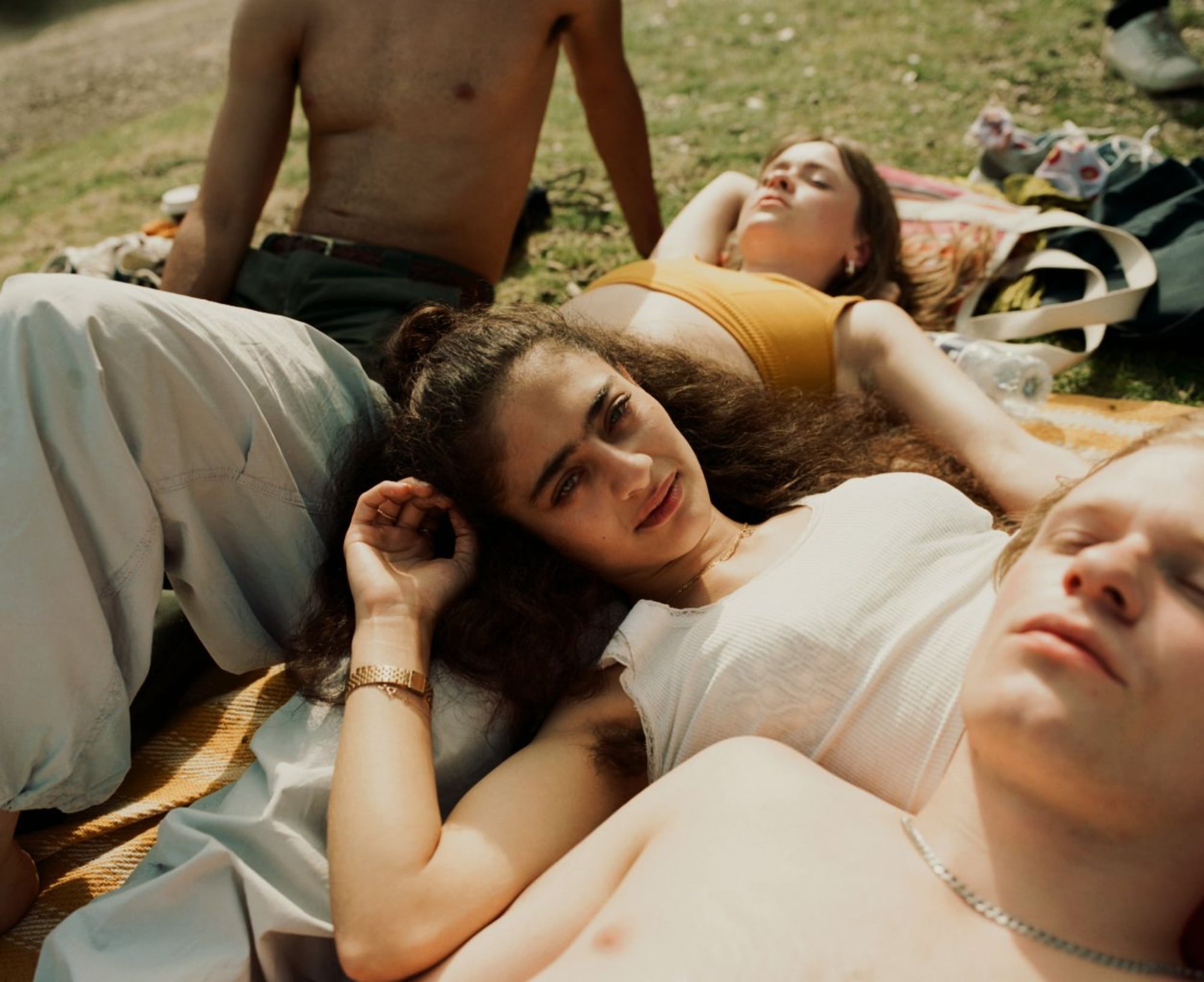
A film we enjoyed so much that we invited writer/director Sasha Nathwani to join us for a (second) deep dive interview about his Crystal Bear winning feature debut ‘Last Swim’, in which he explains why the vibrant yet nostalgic colour palette was intrinsic to his contemporary coming-of-age drama and how this specific London-set story captures a universal sense of youth relevant far beyond the borders of England’s capital.
Links
Check out all of our BIFA conversationsHead to Directors Notes for more filmmaker interviews and to watch our daily selection of new films. If you’d like to see your film featured on DN then submit it here.
Find us at:
Instagram
YouTube
LetterboxdSign up to the weekly DN newsletter
17 November 2024, 7:02 pm - HOLLOWAY - Sophie Compton & Daisy-May Hudson on Co-Creating a Trauma-Informed Documentary Feature

The next in our series of director interviews from London Film Festival 2024, Sarah caught up with Holloway co-creators Sophie Compton & Daisy-May Hudson who picked up the Audience Award for Best Documentary Feature at LFF and was one of Sarah’s festival favourites. As you’ll hear in their chat, Holloway sees six incredibly brave, former prisoners re-enter the decaying space they were once incarcerated in to reclaim their narratives and give voice to the voiceless women still behind bars, while also prompting us as viewers to examine the purpose of our broken penal system.
Head to Directors Notes for more filmmaker interviews and to watch our daily selection of new films. If you’d like to see your film featured on DN then submit it here.
Find us at:
Instagram
YouTube
LetterboxdSign up to the weekly DN newsletter
10 November 2024, 2:14 pm - MOTHER VERA - Cécile Embleton & Alys Tomlinson on documenting a nun’s journey of self discovery


Never have I felt the idiom, never judge a book by its cover to be truer than in my experience with the 2024 London Film Festival Grierson Award Winner Mother Vera. Co-directed by Cécile Embleton and Alys Tomlinson, within the opening scene of Mother Vera I was immediately struck by the discord between the type of documentary I was expecting and what unfolded onscreen. Set in a remote, cold and unforgiving environment surrounding a hidden Orthodox monastery in Belarus, we are offered an insight into one woman’s reckoning of herself, her past and her present as we explore her conflicted pull towards forging a new future for herself. The long, evocative shots of overbearing iconography coupled with the monotony of monastic life are certainly not the film’s sole focus as they are balanced against Vera’s contemplation of the possibilities presented by the opening up of life and the potential of wider opportunities should she decide to make a change. Drawing from the original photography which inspired the film, an enthralling stillness pervades its frames, with absorbing shots of the young nun’s cloistered life. Mother Vera demands you sit still and give yourself to the journey which unfolds. As the striking feature debut continues to delight festival audiences here and abroad, Embleton and Tomlinson speak to us about following their protagonist’s life in real time, leaning into the rhythms of the monastery when planning their shots and confounding audience expectations of the film.
A heads up, the following interview contains spoilers for Mother Vera! It is also available to watch at the end of this article.
I love how your different backgrounds but shared vision and style brought you to collaborate on this, how did you come to be making Mother Vera together?
Alys Tomlinson: We actually met years ago at an open day at the NFTS for their cinematography and directing courses, that neither of us ended up really pursuing or applying for, and then we stayed in touch. We both went off and did other things but the film Mother Vera came from a photographic project Cécile and I were working on together called Ex Voto. That project involved going to various locations around Europe, one of which included Grabarka, which is on the eastern side of Poland bordering Belarus, where we were looking for interesting pilgrims to photograph. This wasn’t always easy because a lot of pilgrims wear anoraks and carry flasks and aren’t that exciting but then we spotted Vera.
We didn’t know she was Vera at the time, she was standing very still, dressed head to toe in her black robes with a donation box around her neck. We immediately looked at each other and said, we have to ask her if she would be up for being photographed for this project. So we approached her and there’s always that anxiety when you’re approaching a stranger. Are they going to let you in? Are they going to respond to your invitation? However she said yes straight away and we took her to this opening in the forest and took a picture of her on this very old fashioned, large format film camera in black and white and during that exchange, she invited us to her monastery in Belarus. We were able to get a small grant from Sony, which allowed us to go for our first trip. In many ways, it was a lucky encounter that took the initiative to approach her in that split second otherwise this film would never have happened. So it’s all those tiny moments that can make a huge difference to many people’s lives.
As the monastery is so remote and private did you encounter any adverse reactions to stepping into that world with your camera equipment?
Cécile Embleton: So we were really lucky in that the head of the community had seen Alice’s photography and really respected the style of it. It’s very classical, it’s got a very sensitive beautiful approach so that really was our way in as you need their permission. Initially, people were a bit shy and not really sure about it but after return visits, being present for all sorts of liturgies and baptisms, and eating with the sisters and the men who were there in rehab, we just became accepted in the community – it was a matter of time. In our first 5 trips we only had 32 filming days which doesn’t seem like very much but if you’re there every day, really embedded in the community, then you start to build relationships and people start to trust you.
There’s also something amazing about filming in a monastery where, more or less you know the rituals, you know what’s going to happen every day, you know what things are going to look like so in terms of cinematography and framing, you can anticipate what the frame is going to be which was really amazing. The rhythm of life there enabled us to create the form of this documentary in its language.
There are a lot of extremities in the film, a lot of opposites – so you have the warmth of the community, but then you have these bleak landscapes, entangled branches or the howling gales. The idea is that they draw you in psychologically into Vera’s inner world.
The form is in itself beautifully slow and it unravels, as you said, in its own time. There are these incredibly poignant moments, especially when Vera is with her horses contrasting with a lot of bleaker moments and Vera’s overall search for herself. How did you decide what the trajectory of the story would be?
AT: It’s a big question and a good question. I just want to start by going back to your earlier question which I didn’t really answer about how we collaborated on our approaches, mine through my photography and Cecile’s through her previous filmmaking. I think we both work in quite a slow, still, thoughtful way so we were immediately aligned in terms of the film that we wanted to make.
Then in terms of the trajectory, there are a lot of extremities in the film, a lot of opposites – so you have the warmth of the community, but then you have these bleak landscapes, entangled branches or the howling gales. The idea is that they draw you in psychologically into Vera’s inner world. You have the contrast of warmth and the cavernous and shadowy aspects of the monastery, but also this very strict, disciplined lifestyle. But then Vera is able to find some kind of freedom when she’s with the horses and when she’s with nature. In many ways, I think we both felt that Vera connects with horses in a way that she almost doesn’t with humans and she feels that there’s this very mutual understanding between her and the animals. And that’s when she felt safest. That’s when she feels the most kind of comfort and she communicates with them. Watching her with them was extraordinary, as you can imagine – this, almost piece of performance, unravelled in front of our eyes.

I loved the moving and poetic moment of her setting off for a ride as she sweeps her cloak behind her, was she very open with you?
CE: As Alice mentioned, within about 5-10 minutes of meeting her we were invited to come visit her in Belarus. I think for her, there was an attraction in meeting these young women who are artists working with this big old camera and talking about imagery, literature and film. She’s a very creative person herself and I know you asked how we decided on the narrative and the trajectory, but it turned out she had been thinking of leaving the monastery for 10 years when we met her which we didn’t know. She had this energy about her that she needed to communicate something that wasn’t able to come out – it was forbidden – and that was always there in our relationship together. Through the camera, there was this exploration of whatever this was that she needed to express. We didn’t know she was going to leave.
So in the beginning, it’s about her story and her past and her place in this community but also very much about the atmosphere of this place. It’s a place where all of these men are there to make a second chance for themselves. They’re in recovery which is what Vera went through and still is going through right now. But the backbone of the film is the interviews with Olga and she wasn’t able to speak to us fully and honestly about everything that had happened in her past and wanting to leave until she left. So really, our contact time with Vera in the monastery didn’t amount to very much so when she left we thought, oh my gosh, what do we do? Draw a line? There’s nothing else that can be filmed of her in the monastery but we do have an end to the film now.
Through the camera, there was this exploration of whatever this was that she needed to to express.
So, in terms of deciding on the narrative, it was capturing this community and the essence of what’s going on there, which is essentially transformation, and Vera within that and her relationship with the men and how they mirror her past. But we were very lucky with the narrative. When we found out she had left we were very worried about her because that’s a really big deal, leaving a monastic community after 20 years and then the question was, how do we show that? Because obviously, we didn’t film it, which you never really would be able to film, even if we had been there so that was a creative challenge. But it was beautiful to work out within the language of the film – what would be the best way to tell that part of the story?




The whole look of the film is just mesmerising. You’ve got this very stark landscape. You’ve got the dark corners of the monastery, these big imposing iconographs and faces. What cameras and lights were you using to capture that?
AT: Well, we were lucky that we were loaned some equipment from Sony so we used various mirrorless Sony cameras. In the monastery, most of it was shot on a tripod so we were very much mimicking stills photography. As you would have noticed, there are many shots that are held almost like they are stills and that was a very deliberate device that we used so that the viewer and the audience could very much spend time with those images in those moments – you’re not just cutting from one scene to the next. We shot everything with available light. We weren’t there that long, but we were there long enough to understand the rhythms and the routines of the monastery and the sisters. We would know when the light shaft was coming through a window at a particular time. We would know when they were ringing the bells, which was often about four in the morning.
Because we understood the way the monastery worked we knew when the best time was to make these shots which came from building a familiarity and also obviously a trust with the people within the monastery. But if you looked at our kit, you’d probably think we’re very lo-fi. We shot mostly on fixed lenses so a lot of the shooting was on 50mm and 85mm so you get that lovely depth of field. Again, we were both drawing on our backgrounds and this alignment in terms of aesthetic style to bring you emotionally closer to what’s happening.
Most Popular
As soon as you start watching Mother Vera it seems so natural that it’s in black and white but was that always an obvious choice for you?
CE: It was always obvious for Alys and obviously the photograph of Vera was black and white. For me, it was more of a process of understanding the why of the choice as I had never shot in black and white before and I was a little bit afraid of it just being a form, I needed it to feel organic through the content. As Vera’s story evolved it made sense to be black and white then as we kept going the black and white emphasises the extremity of Vera’s story, the extremity of the story of the men, the extremity of that place. We ended up using a lot of winter in the film to emphasise the fragility and the contrast of the warm and the cold. The internal candlelit, underground crypts and the meetings where everybody’s together and these vast, expansive landscapes that are very open and cold. The black and white is very powerful to emphasise what Vera’s lived and what’s going on, this crucible of transformation at this monastery.
In terms of deciding on the narrative, it was capturing this community and the essence of what’s going on there, which is essentially transformation.

Then when it came to Camargue and filming there, when I was looking through the camera, it just felt like colour was right. There’s a burst of nature and obviously Olga’s got this amazing connection to the horses and nature. It was a new stage in her life and the colour was to create a rupture and to bring you much closer to her and show her. In the black and white, you could think she was 24, covered with the veil which is exactly what was going on with her. She was literally covered and was not able to express her true desires and what had evolved within her over those years in the monastery. In the beginning she is enclosed in those heavy robes, which we conveyed with the dark phantom figure, and then by the end she’s naked. She’s fully surrendering herself to this river and to the river of life, it’s kind of cheesy but that was the idea. The colour brings you in, it brings you closer to her. We also had a lot more moving cameras, handheld or with a Steadicam to create a different language and to be close to her in that world.
I immediately felt myself letting out a great breath of relief – there was something that came off my chest.
CE: People have mentioned similar feelings like coming up from underground and some people don’t notice the colour. They have that feeling, but they don’t know because it’s so gradual that they haven’t realised until later on which is quite interesting because we tried to make it very subtle. Originally we had quite a hard cut to colour to really make a big impact then we realised it needed to be more subtle and gradual. The shot of her sleeping is quite important in the beginning of the colour because it also plants this idea that everything could have been a dream which is also how Olga speaks about the different lives she’s lived, that it feels like a dream, it feels so far away. It was quite scary to choose colour at the end, and there are so many more layers but it was showing her freedom.
You’ve had a great festival run so far, how have you found audience reactions generally?
AT: It’s been really exciting. I think people who really get the film and something in it resonates with them – REALLY get it. And it can resonate with them on quite a deep level, which is what we were hoping for. We understand that a largely black and white film about an Orthodox nun is not necessarily the easiest sell to audiences. But I mean, there have been some incredible comparisons to Béla Tarr and Tarkovsky – these complete legends – which is obviously wonderful to hear. I think also audiences who may have been put off by it being in some way a religious film or a film about God realise that’s not the heart of the film at all and it’s almost surprised them the way that they may have connected with aspects of Vera and aspects of the kind of wider human condition.
We understand that a largely black and white film about an Orthodox nun is not necessarily the easiest sell to audiences.

I have to be honest, the same happened to me. Initially, I wasn’t drawn in but as soon as the film started I was utterly captivated!
AT: That’s been really interesting to hear, I understand people’s apprehension, it’s very hard to get across in the synopsis what it’s truly about, it’s hard to explain just with a few words.
CE: There’s a niche of individuals who love it. An astrophysicist who came up to us at the end of one of the screenings in Poland and loved the metaphysical quality of the film and there definitely seems to be a group who are connecting that way. Maybe we need to think more about our PR and how we communicate all of the dimensions of the film because I think you’re right, on the surface some people are put off as you were. We hope that it encourages self-reflection and being in stillness within yourself through connecting to Vera’s struggle and what she’s dealing with.
How much input did Olga have in any of the stages of production?
AT: Because we had built up this relationship over a number of years. She was very good at allowing us to get on with it. What surprised me was that she never asked to see shots, she never asked how she looked. She would ask how it was going, but she never requested to see specific scenes or anything like that. She really allowed us a freedom, which was a great privilege, to work on it the way we wanted. We did show her the final edit, probably about a year ago now and I think she didn’t really know how to take it, first of all. Imagine seeing your life and your past and your history and your pain and your struggles in the format of a film. She very much appreciated the artistry and the creative input and she found parts of it very funny as well which we were quite relieved about. She says that it’s a great honour for her to be involved in the film and obviously we feel greatly honoured that she allowed us to enter her life in the way that we did but it’s another chapter with her. You never know what’s next. In some ways she’s taken it in her stride, but ultimately emotionally and psychologically and in terms of our relationship with her, it has definitely had a big impact on her.
Imagine seeing your life and your past and your history and your pain and your struggles in the format of a film.
CE: There’s often a question in audiences asking if the film affected her choice. And she has responded in Q&As saying absolutely. She had obviously already decided she wanted to leave, but it helped her reach that decision which she’d been grappling with for 10 years. It was a really special thing to explore this decision in an unspoken way with the camera and then the catharsis of her finally leaving. It then became a bit of a process to continue filming because it was very, very delicate and initially, she didn’t want to actually continue filming and the film was kind of hanging in the balance. It’s a much longer story, but we ended up having a meeting with her and explaining that we’ve put so much time into this and she actually was quite moved to hear that we were genuinely interested in her. She’d been attached to this identity that she’d lived for 20 years and was on the threshold of this mad change and asking who am I. It was obviously amazing for us to accompany her and then continue our gaze on her with the camera, but as she was just herself, with no identity, she was happy in the end.

I felt that loss of identity or her looking for a new way as she was being scolded about the way she was sitting on her horse.
AT: I felt that was a real difficult moment and quite a difficult scene to witness because she’s being humiliated by this woman who clearly has a very high opinion of herself And we’ve already seen Vera, at very close proximity to the horses and seen her relationship with them, we’ve seen how she relates to them. Then she’s being told by this French woman you’re doing everything wrong, but in a way, she shrugs that off and I think that’s very much testament to her own strength and fortitude and shows how resilient she really is, because that didn’t actually stop her. Although it wasn’t what she had dreamed of, she had gone to France with this idea of being taught by this highly esteemed woman who’s very high up in the dressage world but of course, the world that Vera was interested in with the horses is almost the exact opposite of the dressage world. She’s very instinctive with them, she’s very intimate with them, she’s almost sensual with them. Whereas the dressage world is all about formality, it’s all about rigour which echoed the discipline that she’d escaped in the convent. So you have these other levels of rules and regulations but she handles it pretty well.
She’s very much a free spirit but the reality is that she left in her 40s and she’s rebuilding herself, her identity, who she is as a person. But also on a practical level, she left with no passport, no CV, no formal qualifications, no friends, nowhere to live, no bank account, no possessions which we believe is a really incredibly courageous thing that she did to make that decision. But she’s really starting her life in midlife, she’s got a strong idea of how she sees her life in the future, but it’s how she gets there.
What about you two, are you going to continue working together on future projects?
CE: This was like an organic, serendipitous evolution of having worked together on Alice’s photography project and there were many things that just made sense to work together but I know Alice probably never had dreamed of making a feature film and it started naturally. So I think it’s a bit of a one-off but that’s beautiful.
3 November 2024, 5:29 pm - A Roundup of the London Film Festival 2024


The relaunch of the Directors Notes Podcast is a multi-faceted episode with a variety of voices where we bring you a roundup of our activity from the 2024 BFI London Film Festival. I dove into the proverbial trenches of the festival, immersing myself in as many films as possible and catching up with filmmakers both old and new to the site as I trod the well trodden paths between Picturehouse Central, BFI Southbank and other festival venues.
Featured below is my chat with Dr. Dario Llinares from The Cinematologists, longtime friends of DN and a much loved stronghold in the film discussion podcast landscape – you should definitely sign up to their Patreon. We follow that with an interview with directing duo Daisy-May Hudson and Sophie Compton about their LFF feature documentary Holloway which premiered at the festival this year and provides a canvas for six women to return to Holloway Prison to reclaim their stories before it’s demolished. I was able to snatch literal minutes with DN alum Lorcan Finnegan in which we discussed the joyous madness brought to the screen by Nicholas Cage in his new film The Surfer and spoke to Sasha Nathwani about his BIFA Longlisted feature debut Last Swim – an energetic, music filled coming-of-age drama about of a group of young school leavers on the cusp of adulthood. And finally, this episode is rounded off by a chat with final year MetFilm School student Jesse Williams who tells us all about their favourite picks of the festival and some of the talks and networking sessions they attended.
Be sure to subscribe to the Directors Notes podcast in your podcast app of choice and keep an eye out over the coming weeks for our full length in depth interviews with more of the LFF directors we caught up with during the festival.
27 October 2024, 2:12 pm - DN372: The Passion of Desire Spans Decades in Lucio Castro’s Queer Romance Feature ‘End of the Century’

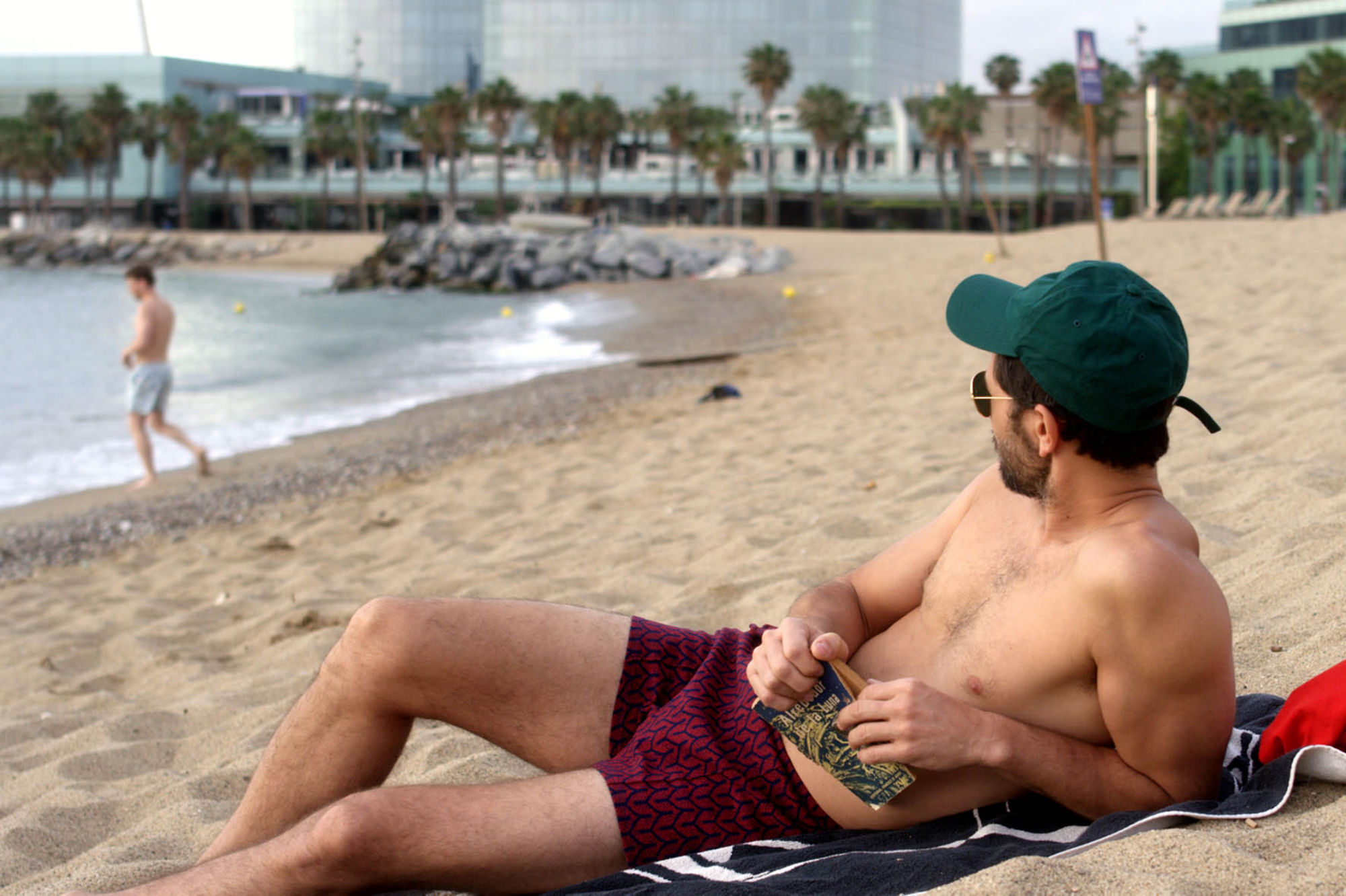
Joining DN for our final podcast episode of 2019, Argentinian Director Lucio Castro’s debut feature End of the Century reunites two men for a one night stand whose seeds were sown two decades earlier. In our interview, Castro and I get into his use of performance rather than prosthetics to donate different time periods, the flexibility of shooting with a skeleton crew and the importance of walking your actors through the mechanics of sex scenes.
End of The Century (2019)
Two men meet by chance while in Barcelona. What seems like a one-night encounter between two strangers becomes an epic, decades-spanning relationship, in which time and space refuse to play by the rules.
Many times in movies I see the sex is almost too pretty or too perfect and sex in real life is not like that.
23 December 2019, 11:15 am - DN371: Maura Delpero Embarks on an Enthralling Exploration of the Meaning of Motherhood in Dramatic Debut ‘Maternal’

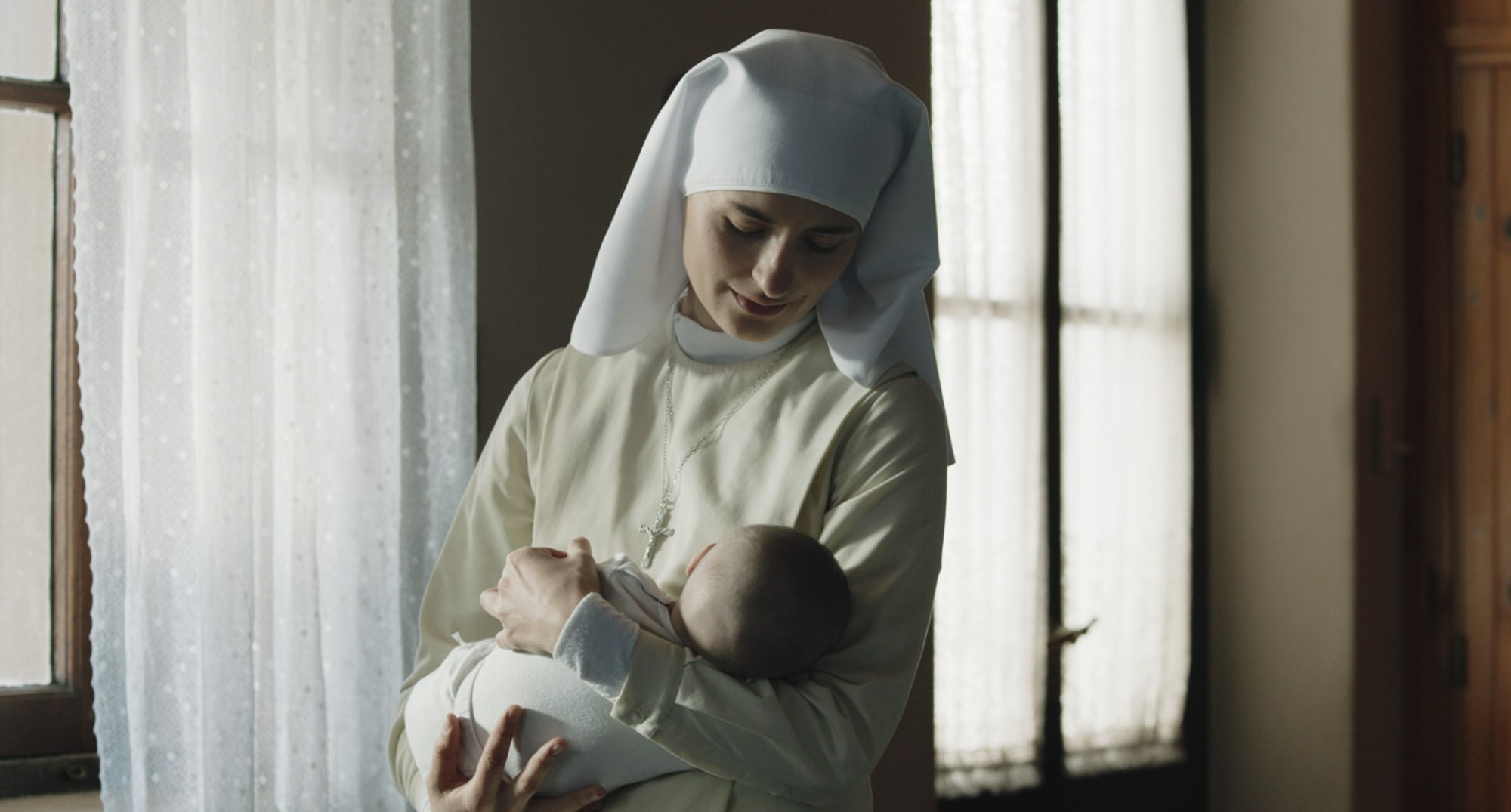
Marking her move into fiction filmmaking, Italian Director Maura Delpero’s Maternal (Hogar) is an enthralling exploration of the meaning of motherhood set within the confines of a religious Buenos Aires refuge for young unmarried mothers. In our chat Delpero shares why she believes personal stories make universal cinema, how the tools of her documentary background provided an elucidating view of the lives she wanted to dramatise on screen and her methods for building cohesion between the performance styles of the film’s professional, non-professional and child actors.
Maternal (2019)
Lu and Fati are teen mums living in a religious shelter in Buenos Aires. Sister Paola arrives from Italy to take her final vows. Approaching the girls’ motherhood she’ll face a challenging situation.
It’s difficult for women to confess they have difficulties about motherhood, you always have to be the perfect mother.
20 December 2019, 10:49 am - More Episodes? Get the App
Your feedback is valuable to us. Should you encounter any bugs, glitches, lack of functionality or other problems, please email us on [email protected] or join Moon.FM Telegram Group where you can talk directly to the dev team who are happy to answer any queries.
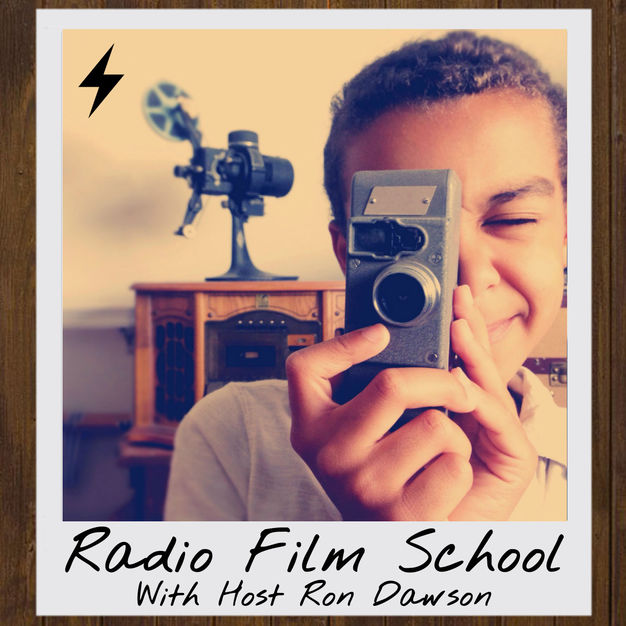 Radio Film School
Radio Film School
 Film Method
Film Method
 The Filmmaking Stuff Podcast
The Filmmaking Stuff Podcast
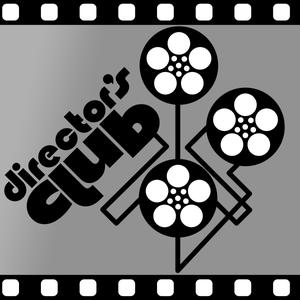 Director's Club
Director's Club
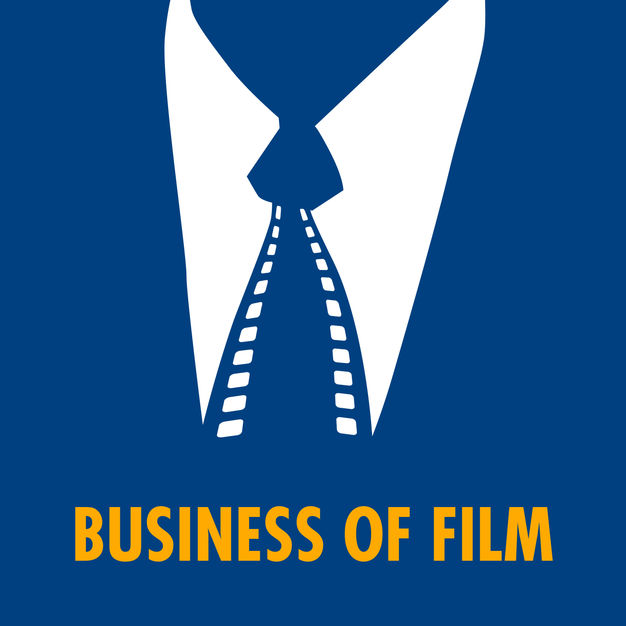 Business of Film
Business of Film
 Film Festival Secrets Podcast
Film Festival Secrets Podcast